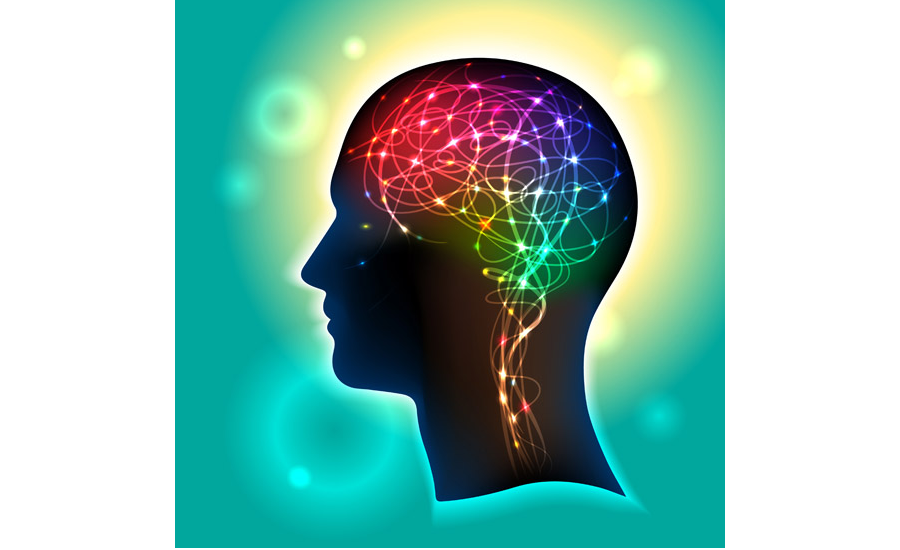The Food and Drug Administration is encouraging people to know the symptoms of traumatic brain injury. Although the spotlight for this condition usually falls on athletes involved in contact sports, people of all ages and walks of life can suffer TBI.
As adults and children are more active during the summer and autumn, they become more susceptible. Boating activities, softball games, casual football games and other outdoor activities increase the chances that a head injury can occur. Automobile accidents and falls are other sources of injury to the brain.
What is TBI and how often does it occur?
A traumatic brain injury is caused when something external injures the brain. When a direct blow to the head takes place or if the body is shaken hard enough to jar the head and brain, injuries occur.
About 1.7 million people in the United States suffer a TBI each year, according to the American Association of Neurological Surgeons (AANS). Of these, between fifty- and seventy-percent are caused by vehicular accidents. Among young people, about twenty-one percent of TBIs are attributed to sports accidents. Other TBI sources include assaults and bumping the head against an object.
A TBI may be described by a physician as mild, moderate or severe. No matter which term is used, they are all to be taken seriously. A mild TBI can result in headache, blurred vision, confusion and changes in behavior. Moderate and severe cases may cause vomiting, slurred speech, problems with thinking and physical weakness in the arms and legs.
About 75% of TBIs are defined as concussions. Concussions happen when the head receives a bump, blow or jolt. This causes the brain to move rapidly against the skull. Chemical changes occur which can have noticeable results.
TBIs can contribute to, or exacerbate, other lingering conditions including Parkinson's disease, epilepsy, Alzheimer's dementia and more. Whether the TBI causes these conditions or makes existing cases worse, the result is a lower quality of life, more discomfort and more intense treatment.
If someone shows the slightest symptom that a TBI may have occurred, immediate medical attention is imperative. Physicians may test for speech, language and memory skills or employ cognitive and neuropsychological tests. The cause of the potential TBI is considered and imaging may also be used determine any bleeding or swelling of the brain. Imaging methods may include computerized tomography (CT scan), magnetic resonance imaging (MRI) or intracranial pressure monitoring (ICP).
Depending upon severity, treatment could include stabilizing the patient, increasing oxygen to the brain or the stipulation that the patient refrain from major activity. More intense injury could call for procedures such as removing blood clots, repairing a skull fracture or relieving pressure within the skull. Medication and rehabilitation are also available to assist in treatment.
There are simple and common sense ways to help prevent traumatic brain injury, according to the Centers for Disease Control and Prevention (CDC). One is the use of seat belts in any motor vehicle. Safe driving and not driving at all while impaired also help. The proper use of helmets while using bicycles, scooters, snowmobiles and all-terrain vehicles is also recommended.
There are also ways to prevent TBIs within the home. Removing dangerous rugs and other objects that may cause falls is recommended, as well as regular eye examinations that will improve the ability to see potential fall-causing obstacles.
If there are children in the house, window guards and stair-gates can prevent TBI-causing accidents. For outdoor play areas, soft or sand bottoms help reduce risk.
Source: Dr. Omar P. Haqqani is the chief of Vascular and Endovascular Surgery at Vascular Health Clinics in Midland: www.vascularhealthclinics.org
Source: Midland TX Daily News
